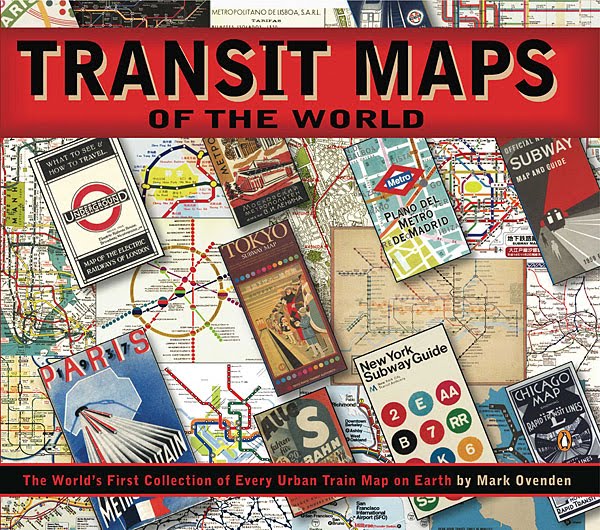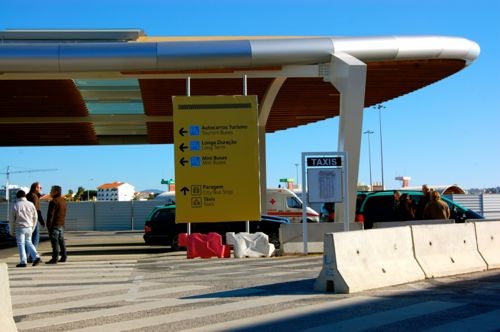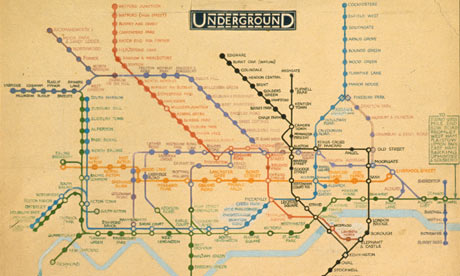The research I should have done before transferring this post from my notebook to here
London underground schematic: How many colours/lines in original?
An example where it was not appropriate... (look in transit maps of the world book)
An example of circles with numbers along route line
Example of brussels STIB timetable that makes sense.
Observations and frustrations
On a recent visit to Portugal, I ventured to the public bus stop at the airport to make my way to the city centre (and from there I was to travel to Vilamoura).
The concrete area where taxis and buses left from displayed a two-sided pillar-board. Stray people would approach it and look at one side, then go around to look at the other side. Puzzled. One side of the pillar-like information board had a map on it; the other side had time tables. The trick was to make sense of the two together while not looking like an eejit dancing around the post.
The side with the schematic diagram used colours (how many colours / lines?) and a legend / key re route number with colour [the bus number could have been written in a circle along the line at regular intervals as is done...]
The side with the timetables used only the bus numbers, no colours (so you had to use the little legend to be able to cross-refer between timetable and schematic - and remember those two pieces of information are on different sides of the board/post).
Scale of the schematic map
When looking at the schematic map, it was hard to tell if it represented a city, a region, a country or the outskirts of a city etc. For example, I wanted to travel to Vilamoura, others wanted to travel to other holiday destinations in the region - the schematic didn't indicate how wide an area was served by this bus company.
Summer time / winter time
Although there were three bus-routes listed in the timetables, there were four timetables. There was winter or summer written on top of each. But actually, the option only applied to one bus. I think the bus number could have been repeated with the word summer/winter - it wasn't clear if the winter times referred to the equivalent route timetable above or below it. Maybe the spacing was wrong... Maybe... something was wrong.
Timetable / Stops
The timetable didn't just give the time from the airport stop; in fact I'm not sure if it gave that time at all. Two or three destinations were listed and therefore it was difficult to match these with the schematic. Some destinations were listed twice. It wasn't clear what the start and end point of the bus-route was; or what point on the route we were at. What is the distance between stops and the time the journey will take? This was indicated with 7mins, 5mins etc in a vertical line alongside the destinations but I couldn't decipher it what with the circular route and the destination names appearing more than once. As far as I could make out, the bus was doing a circular route. I thought this because names of stops seemed repeated and there was an arrow by the side of the list of stops - a down vertical area but the list of stops ran over two columns - I don't know why - was the slip in the list arbitrary? A neat half/half of the names?
Times on the timetable
The convention used for listing times was not appropriate. It was similar to the one used in Brussels which mostly works well. But when there is only one bus or less per hour, this method is daft!
Alternative?
I wondered whether an electric sign that changes for winter/summer would be useful. But what do you do when an electric sign is misbehaving as was the case actually in the bus terminal in Faro city centre when I got there.
When schematics work
The `London Underground' multi-coloured linear schema (originally designed by Harry Beck) works especially well for subways and undergrounds because it is mapping *underground* which needn't correspond with the layout of streets and access point to the stop/station are limited in number and location.
Destination
I did get there! A bus came, I asked the driver... that's how I got the information in the end!





No comments:
Post a Comment